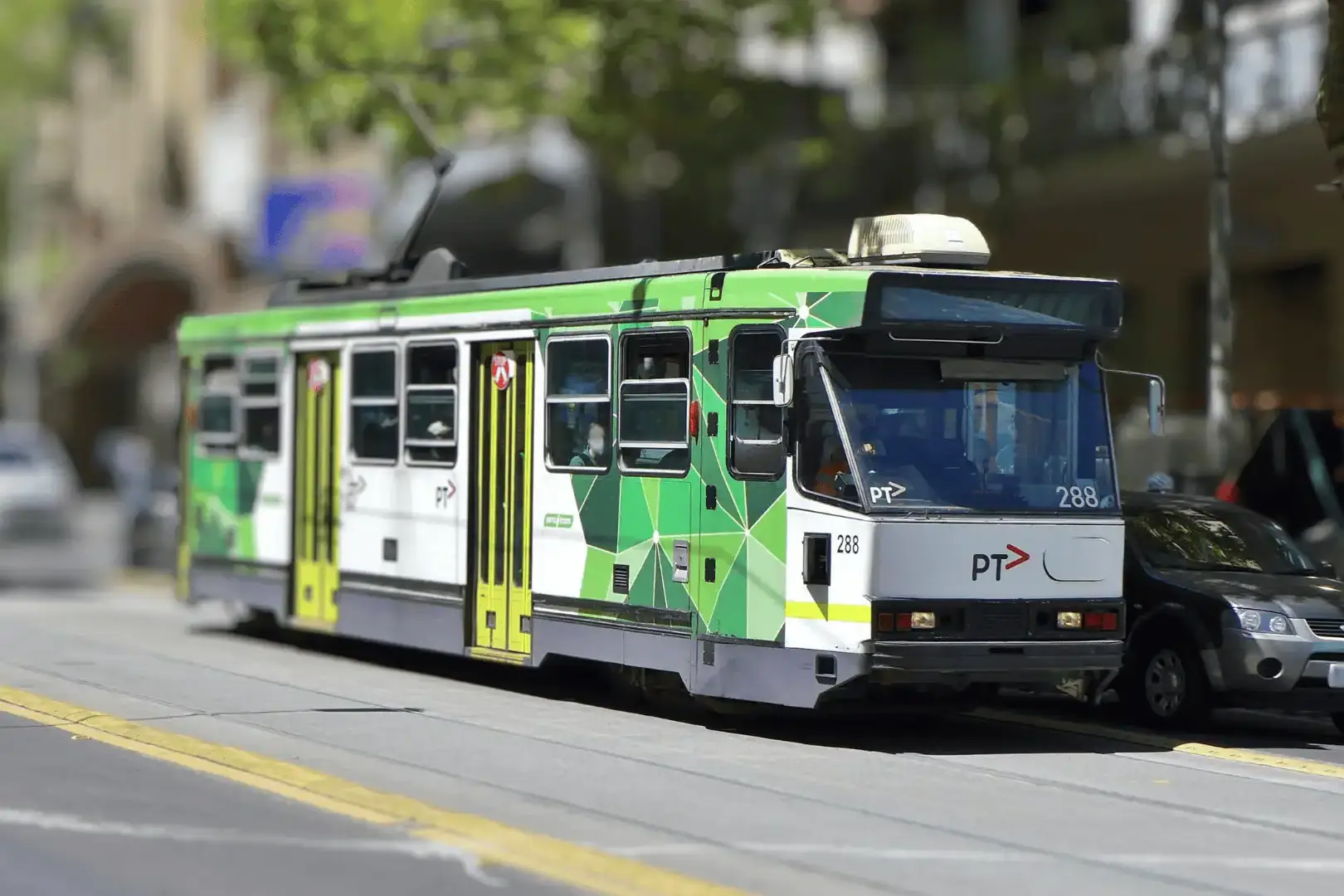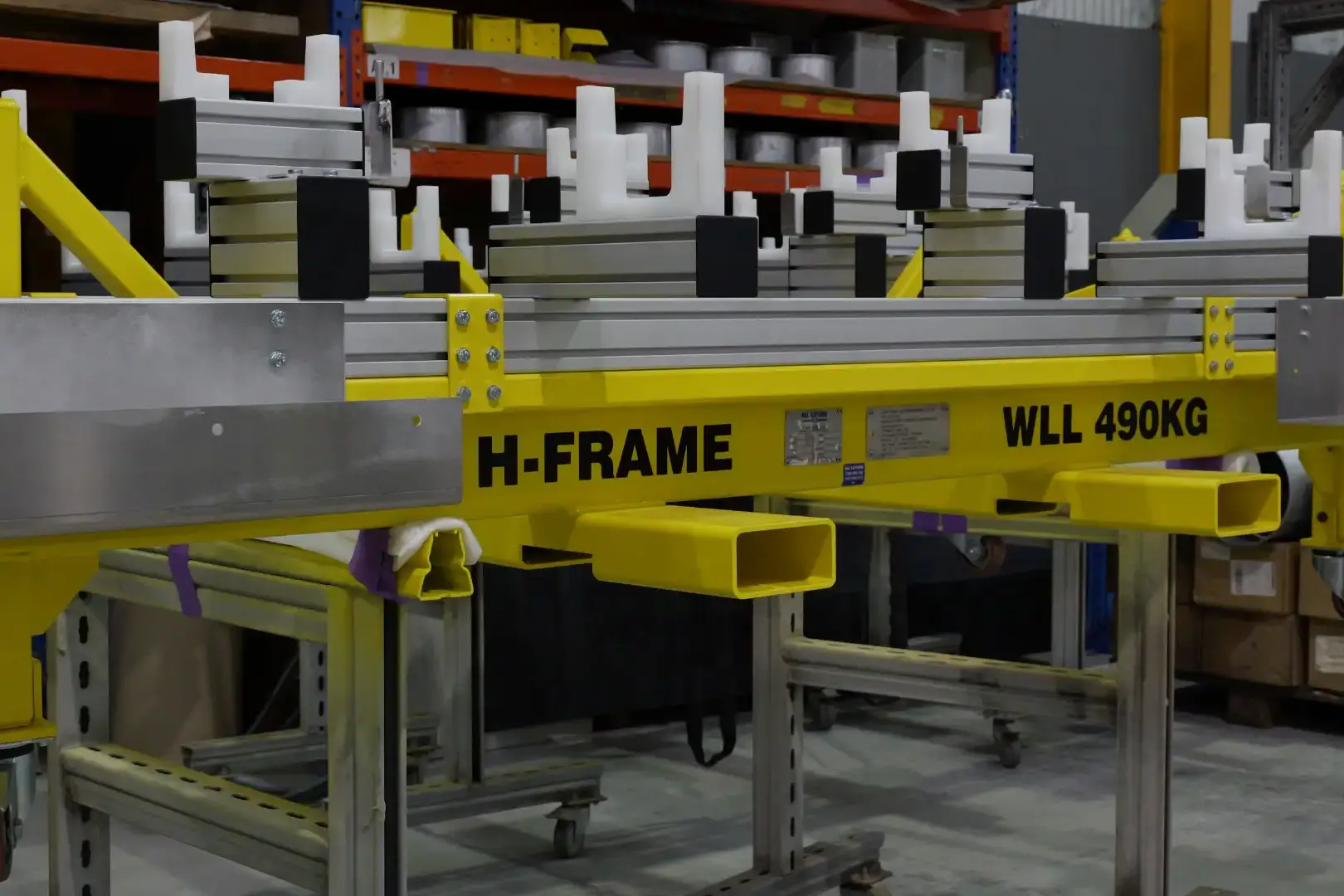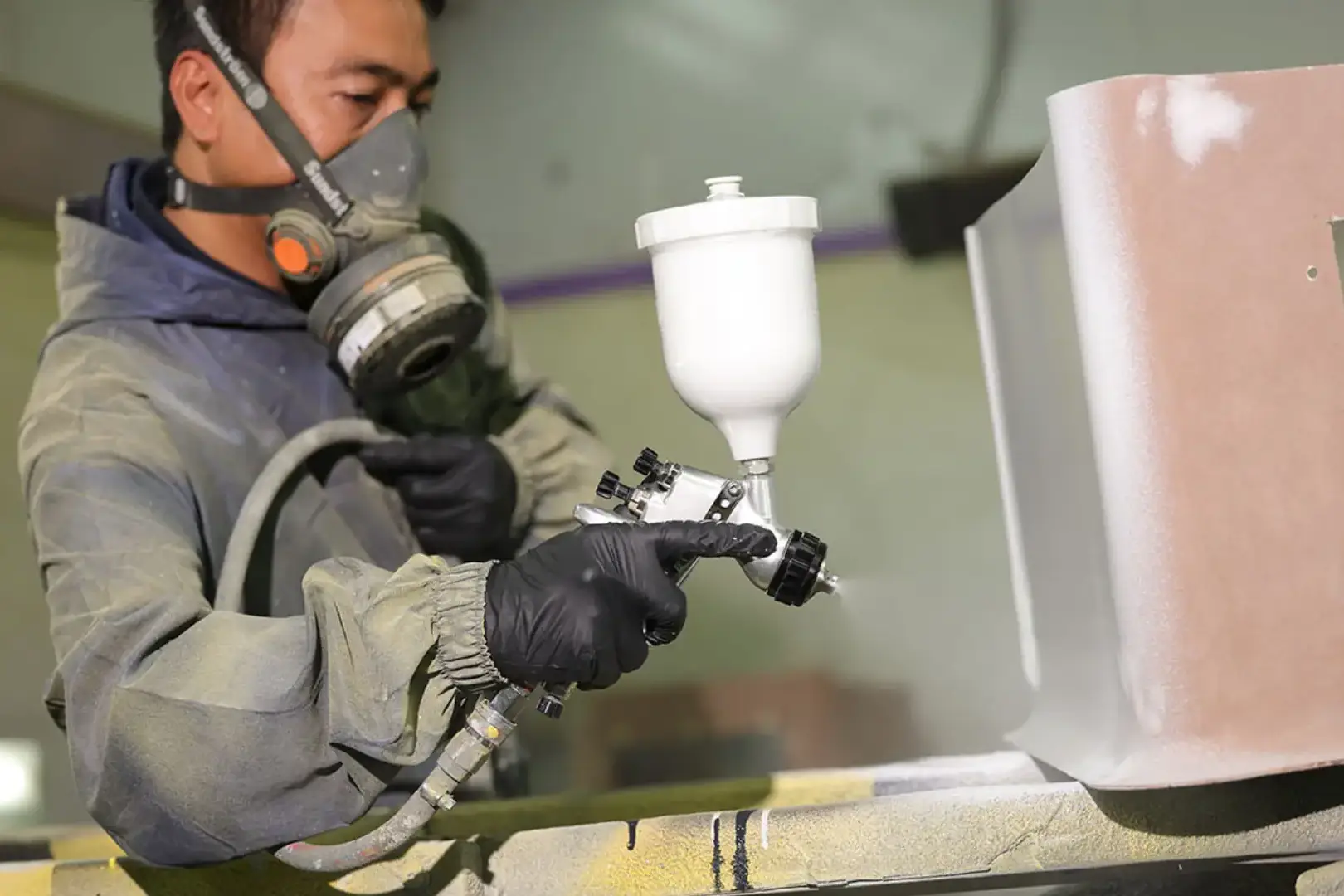Painting your car can give it a fresh new look, repair damage, or simply change its aesthetic. However, many car owners are left wondering: how much does it cost to paint a car? The answer varies based on several factors, from the size of your vehicle to the type of paint and finish you choose. In this comprehensive guide, we’ll dive deep into the factors influencing the cost of repainting a car and provide you with valuable insights to help you make an informed decision.
Key Factors That Affect the Cost of Painting a Car
Vehicle Size
The size of your vehicle is one of the most crucial factors in determining the cost of a paint job. Larger vehicles such as trucks and SUVs require more paint, time, and effort compared to smaller vehicles like compact cars or sedans. Consequently, the larger the vehicle, the higher the cost of repainting.
How Much Does It Cost to Paint a Car?
1. Type of Paint
The type of automotive paint you select plays a crucial role in the final cost. There are three primary categories of automotive paint:
- Standard Paint: This is the most affordable option and usually provides a basic finish. It’s durable, yet not as high-quality as premium or custom paints.
- Premium Paint: Offering greater durability and a more refined finish, premium paint is designed to last longer, resist chips, and maintain its glossiness for years.
- Custom Paint: Custom paint jobs, including airbrushing or bespoke designs, are significantly more expensive. These personalised paint options involve unique techniques and higher quality materials, raising the overall price.
2. Paint Colour
Your choice of paint colour can also impact the cost of repainting your car. Standard paint colours like white, black, and silver are generally more affordable. Specialty colours, custom hues, or metallic finishes tend to cost more. For example, if you desire a custom pearl finish or a vibrant colour that’s hard to find, you may need to pay a premium.
Special colours are often pricier due to the complexity of matching tones, layering, and the cost of raw materials. So, if you’re choosing a unique colour to make your car stand out, it’s worth factoring in the additional cost.
3. Paint Finish
The finish of your car’s paint is another cost factor. Whether you want a matte, gloss, or metallic finish, each option has its own price point.
- Gloss Finish: A standard and popular option that provides a shiny appearance. It’s typically the most affordable finish.
- Matte Finish: Known for its sleek, non-reflective look, matte finishes are more expensive because they require additional layers and expertise.
- Metallic Finish: These finishes, which incorporate metal flakes, give your car a sparkle under light. This type of finish can add to the cost of the paint job due to the specialised techniques required.
4. Condition of the Vehicle
The condition of your car’s surface prior to painting can have a major impact on the overall cost. If your vehicle has rust, scratches, dents, or peeling paint, the body shop will need to repair these issues before applying the new paint. Surface preparation, such as sanding or using filler to even out imperfections, adds time and labor, thus increasing the cost.
A well-maintained car with minimal damage will cost less to paint than a vehicle that needs extensive bodywork.
5. Automotive Shop Reputation and Skill Level
The body shop you choose can significantly affect the price and quality of the paint job. A reputable, high-end body shop with years of experience may charge more for their services, but they often deliver superior results. On the other hand, less experienced or budget-friendly shops may charge less, but the quality of the work might not be as high.
6. Preparation Time
Before any paint touches the car, thorough preparation is needed. This stage is crucial for ensuring the paint adheres properly and results in a smooth, flawless finish. The car’s surface must be cleaned, any imperfections such as rust, dents, or scratches need to be addressed, and sometimes, parts of the car will need to be removed or masked off. Depending on the condition of the vehicle, this preparation phase can take anywhere from a few hours to several days. If your car has significant damage or rust, expect this stage to take longer, which will increase labour costs.
When Should You Paint Your Car?
There are various reasons why you might want to repaint your vehicle. Whether it’s for maintenance or style, repainting can breathe new life into your car. Here are some common situations that may prompt a repaint:
- Faded Paint: Exposure to the sun and weather elements can cause your car’s paint to fade over time. A fresh coat of paint can restore its original luster.
- Paint Damage: Scratches, dings, and chips can accumulate over time, detracting from your vehicle’s appearance. Repainting can cover these imperfections and protect the body from further damage.
- Rust or Corrosion: If your car is showing signs of rust, repainting it can prevent further corrosion.
- Aesthetic Change: Sometimes, it’s just time for a change. Repainting your car can give it a brand-new look that reflects your style.
- Pre-Sale Touch-Up: If you’re preparing to sell your vehicle, repainting it can boost its resale value and appeal to potential buyers.
Should You Paint Your Car Yourself or Hire a Professional?
Professional Auto Painting
Opting for a professional paint job comes with a range of benefits, including quality, convenience, and peace of mind. Professionals have access to advanced equipment and techniques to ensure a high-quality finish. They also offer warranties to protect against defects. However, the downside is that professional services tend to be more expensive.
Advantages:
- High-Quality Results: Professionals can deliver a factory-grade finish that is smooth and flawless.
- Convenience: You don’t have to invest time and effort into a task that requires skill and experience.
- Warranty: Many body shops offer warranties that cover any issues with the paint job, providing peace of mind.
DIY Auto Painting
Taking the DIY approach can be a more budget-friendly option, but it’s not without its challenges. Painting a car requires time, patience, and the right tools. DIY auto painting kits are available for purchase, but achieving a professional finish can be difficult without experience.
Advantages:
- Cost Savings: The biggest advantage of DIY painting is the potential to save money on labor costs.
- Customisation: You have full control over the process, allowing for a personal touch.
Challenges:
- Time and Effort: DIY auto painting is labor-intensive and time-consuming.
- Skill Level: Achieving a smooth, even finish requires a high level of skill and attention to detail. Inexperience can lead to uneven coatings or visible imperfections.
Comparing Costs: Professional vs. DIY
While professional paint jobs typically start at $1,000 to $3,000 for smaller vehicles, DIY kits can cost as little as $200 to $500. However, these kits may not include high-quality paints or finishes, and the result may not be as durable or visually appealing as a professional job. In addition, any mistakes in the DIY process can be costly to correct, ultimately leading to higher expenses.
Additional Factors That Influence the Cost of Repainting
1. Preparation Work
The amount of preparation required before painting can increase the cost. For example, if your vehicle has dents, scratches, or rust, these issues will need to be addressed before painting can begin. Bodywork such as dent removal or rust treatment adds to the overall cost.
2. Number of Coats
Most paint jobs require multiple coats to achieve the desired colour and finish. Typically, a car requires two to three coats of paint, but custom finishes may need more layers, increasing labour time and material costs.
3. Location
The geographic location where you have your car painted can affect the price as well. Body shops in metropolitan areas tend to charge more for labour and overhead costs compared to shops in rural areas.
Quality vs. Price: Striking the Right Balance
While it may be tempting to opt for the cheapest painting option, it’s crucial to consider the long-term implications. Low-cost paint jobs often use inferior materials, which can result in premature fading, peeling, or cracking. In the end, you may need to repaint your car sooner than expected, which negates any initial cost savings.
Investing in a higher-quality paint job may come with a higher upfront cost, but it can provide better durability and a more attractive finish. As the saying goes, “you get what you pay for,” and this rings true when it comes to repainting a vehicle.
Choosing the Right Body Shop for Your Car’s Paint Job
One of the most critical decisions when repainting your car is choosing the right body shop. The caliber of the shop you select directly impacts the quality and longevity of your paint job. Here are some tips to help you choose:
- Reputation: Look for a shop with positive reviews and a solid reputation in your area. Word-of-mouth recommendations and online reviews can provide valuable insight.
- Experience: Ensure the body shop has experience working on your type of vehicle and has a history of delivering high-quality paint jobs.
- Warranty: A reputable shop will stand behind its work and offer a warranty on the paint job, ensuring you’re covered if any issues arise.
- Transparency: The shop should provide a clear and detailed estimate, outlining all costs associated with the job. Beware of shops that offer suspiciously low prices, as this could indicate corner-cutting or subpar materials.
Copamate's Automotive Painting Services
At Copamate, we pride ourselves on delivering precision automotive painting services tailored to your needs. Our professional team is equipped to handle everything from touch-ups to full car resprays, ensuring your vehicle looks its best. Contact us today to get a quote and learn more about how we can help with your automotive painting needs.
How Do I Maintain My Car's Paint After a Fresh Coat?
Once your car has a fresh coat of paint, proper maintenance is key to keeping it looking great for years to come. Follow these tips:
- Regular Washing: Use a gentle car wash soap to remove dirt, road grime, and other contaminants.
- Waxing: Applying a quality car wax every 3-6 months helps protect the paint and provides an extra layer of shine.
- Shaded Parking: Avoid parking in direct sunlight for extended periods, as UV rays can cause the paint to fade over time.
- Avoid Abrasive Materials: When washing your car, use soft cloths and non-abrasive sponges to avoid scratching the paint.
Final Notes
Painting your car is an investment, whether you’re restoring its original appearance or opting for a custom look. The final cost depends on various factors, including the size of the vehicle, the type of paint and finish, and whether you choose to go the DIY route or hire a professional. Unfortunately their isn’t a straight forward answer to car painting costs.
Ultimately, the key to a successful paint job is striking the right balance between quality and price. If you’re considering repainting your car, don’t hesitate to consult Copamate to get personalised quotes based on your specific needs and preferences. With the right approach, you can give your car a fresh new look that lasts for years to come.
Get insights on industry news and posts.
Related Posts
October 29, 2025
A Class Tram | Details & History
Learn how the A Class Tram evolved from Z3, with A1 and A2 changes, braking,…
July 24, 2025
Tooling, Fixtures & Jigs Overview | Rail Applications
Tooling, jigs & fixtures is the physical interface between the design and the…
November 8, 2024
What is Electrostatic Painting?
Electrostatic painting is a technique that has transformed the way industries…




